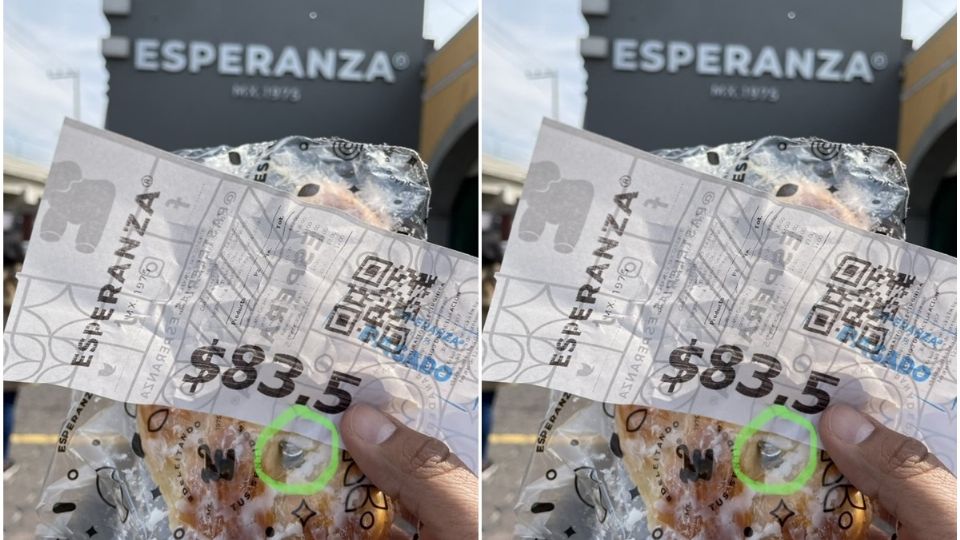Eating After Tooth Extraction: Safe Foods To Eat
The recovery process after a tooth extraction can be a challenging and delicate time, requiring careful consideration of the foods we eat to ensure a smooth and uncomplicated healing process. During this period, it’s essential to focus on consuming soft, gentle foods that won’t irritate the extraction site or disrupt the formation of a blood clot, which is crucial for healing. The wrong foods can lead to complications such as dry socket, a condition where the blood clot is dislodged, exposing the bone and nerve endings, leading to significant pain and delaying the healing process.
Understanding the Importance of Dietary Choices
After a tooth extraction, the body is in a vulnerable state, and the dietary choices we make can significantly influence our recovery. Foods that are too hard, crunchy, or sticky can dislodge the blood clot, while spicy or acidic foods can irritate the wound. It’s crucial to opt for foods that are not only soft and easy to chew but also provide the necessary nutrients to support the healing process. Nutrient-rich foods can help in reducing inflammation, promoting tissue repair, and strengthening the immune system.
###Safe Foods to Eat After Tooth Extraction
Yogurt: High in protein and calcium, yogurt is an excellent choice for recovery. It’s soft, easy to consume, and can help soothe the mouth. Opt for plain, unflavored yogurt to avoid any potential irritation from additives or sugars.
Soups: Gentle, easy-to-swallow soups are perfect for the initial recovery period. Choose soups that are not too hot, as extreme temperatures can be harmful. Broths, clear soups, or soups with soft, blended ingredients are ideal.
Mashed Potatoes: A classic comfort food that’s easy on the mouth and provides carbohydrates for energy. Ensure they are cooled down to avoid any discomfort from heat.
Scrambled Eggs: Soft, fluffy, and packed with protein, scrambled eggs are an excellent recovery food. They’re easy to make and can be consumed at a comfortable temperature.
Soft Fruits: While it’s essential to avoid fruits that are too acidic or have seeds/pits that could irritate the extraction site, soft fruits like bananas, avocados (yes, they’re a fruit!), or very ripe mangoes can provide essential vitamins and minerals.
Smoothies: A blend of your favorite fruits, yogurt, and milk can make for a nutritious and easy-to-consume meal. Avoid using a straw, as the suction can dislodge the blood clot.
Pasta: Soft, well-cooked pasta can be a comforting meal during recovery. Choose mild sauces to avoid irritating the extraction site.
Pureed Foods: Foods that are pureed or blended into a soft consistency can be very helpful. This can include vegetables, meats, or a combination of both, ensuring you get a balanced diet.
Foods to Avoid
While it’s crucial to know what you can eat, it’s equally important to understand what foods to avoid during the recovery period. These include:
- Hard or Crunchy Foods: Nuts, chips, raw carrots, or any food that requires heavy chewing can dislodge the blood clot.
- Spicy or Acidic Foods: Foods with high acidity, like tomatoes or citrus fruits, and spicy foods can irritate the wound, causing discomfort and potentially delaying healing.
- Sticky Foods: Foods like caramel, toffee, or other sticky candies can adhere to the extraction site, causing irritation and potential complications.
- Hot Foods and Drinks: Consuming foods or drinks that are too hot can cause discomfort and potentially dislodge the blood clot.
Conclusion
The journey to recovery after a tooth extraction requires patience, careful planning, and a thoughtful approach to nutrition. By focusing on soft, nutrient-rich foods and avoiding those that could complicate the healing process, individuals can ensure a smoother and more comfortable recovery. Always consult with your dentist or healthcare provider for personalized advice, as their recommendations may vary based on your specific situation or any complications that arise during recovery.
What should I eat after a tooth extraction to ensure proper healing?
+After a tooth extraction, it's recommended to eat soft, gentle foods that won't irritate the extraction site. Examples include yogurt, soups, mashed potatoes, scrambled eggs, soft fruits, smoothies, pasta with mild sauces, and pureed foods. These foods provide the necessary nutrients for healing while minimizing the risk of complications.
How long should I stick to a soft food diet after tooth extraction?
+The duration of a soft food diet can vary depending on the individual's healing progress and the dentist's recommendations. Typically, a soft food diet is recommended for several days to a week after the extraction, with gradual introduction of firmer foods as the healing progresses. However, it's crucial to follow the specific advice given by your healthcare provider.
Can I consume cold foods and drinks after tooth extraction?
+Cold foods and drinks can be consumed but should be done so with caution. Avoid using a straw to drink cold liquids, as the suction can dislodge the blood clot. Cold compresses or ice packs applied externally can help reduce swelling but should be used as directed by your dentist or healthcare provider.
By understanding the importance of dietary choices during recovery and adhering to the guidelines of what to eat and what to avoid, individuals can navigate the post-tooth extraction healing process more comfortably and ensure the best possible outcome for their oral health.


